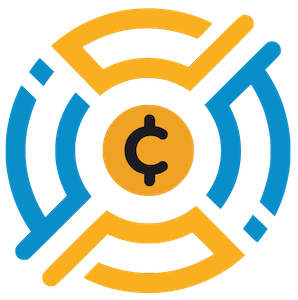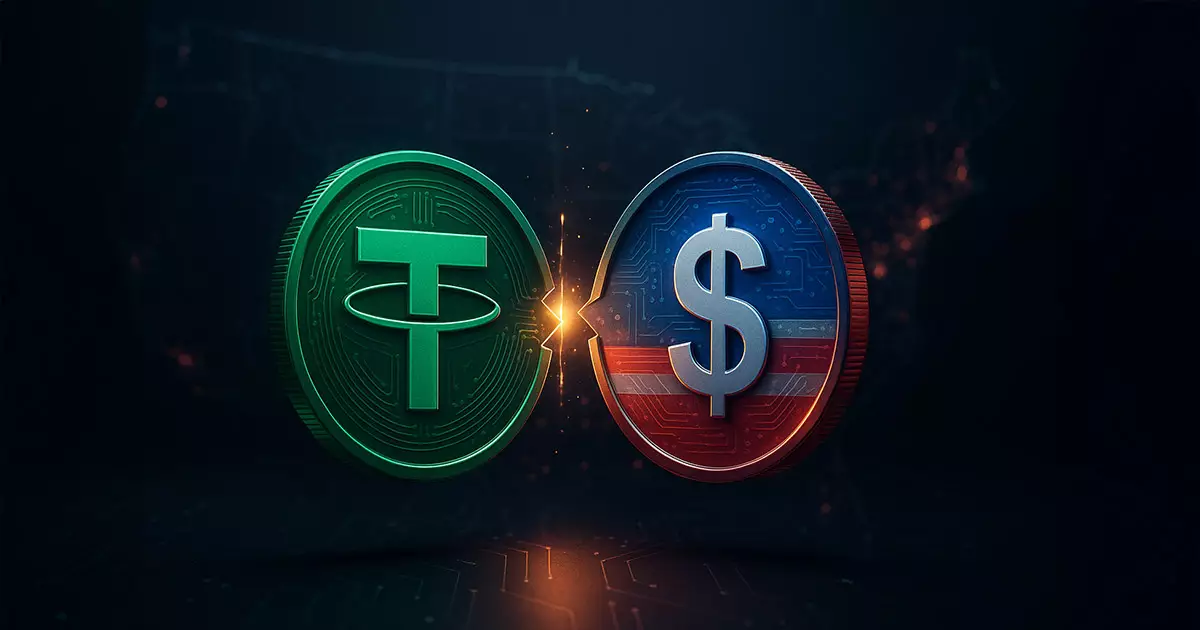In a recent revelation, Tether CEO Paolo Ardoino announced the company’s openness to developing a separate domestic stablecoin tailored specifically for the U.S. market. This initiative unfolds against the backdrop of significant legislative efforts, chiefly the Guiding and Establishing National Innovation for US Stablecoins Act, aptly dubbed the GENIUS Act. Ardoino’s comments hint not only at Tether’s strategic intents but also at how the regulatory landscape is evolving, which might play a pivotal role in shaping competitive dynamics among stablecoins.
Tether’s willingness to embrace compliance with the GENIUS Act is a commendable acknowledgment of the need for regulatory certainty. Ardoino describes the current climate as an essential moment for Tether, declaring, “We’re getting comfortable” with U.S. regulations, which is refreshing in the often-chaotic world of cryptocurrency. However, one cannot ignore the underlying implications of this decision; it suggests that Tether is anticipating not only new opportunities but also increased scrutiny of its operations—something that could serve as a double-edged sword.
The Unbanked Crisis: A Unique Positioning
Tether has successfully carved out its niche predominantly in emerging markets, where its stablecoin, USDT, serves as a lifeline for individuals lacking access to traditional financial resources. Ardoino cites that approximately 420 million users across these regions rely on USDT for essential functions such as foreign remittances and preserving savings against local currency fluctuations. This statistic is both staggering and sobering, underscoring the pressing need for innovative financial solutions in areas where banking infrastructure is either weak or non-existent.
Nevertheless, while Tether aims to champion the unbanked narrative, the reality of the U.S. market presents a starkly different set of challenges. Here, Ardoino’s acknowledgment that “you wouldn’t use stablecoins for payments to improve the efficiency of our money” serves as a crucial insight into the limitations of stablecoins within developed economies. It raises important questions about whether Tether’s new U.S. domestic stablecoin can genuinely revolutionize the financial landscape or if it simply adds another layer of complexity.
The Competitive Landscape
Ardoino has indicated that the U.S. stablecoin will have a “different feature set” than USDT, raising essential questions about what differentiates this new offering in a crowded marketplace. In a country already rich with various payment solutions, the challenge for Tether will be to carve out a competitive edge that resonates with American consumers. Simply replicating the features of existing solutions will not suffice; innovation will be paramount.
This ambition contrasts sharply with the company’s traditional focus on providing necessary financial instruments to emerging economies, yet one cannot help but wonder: will Tether succeed in marrying the characteristics of a robust stablecoin with the stringent regulatory requirements that lie ahead?
Regulatory Relations: A Double-Edged Sword
Tether’s proactive stance on compliance should be seen as an indicator of its desire for regulatory clarity and legitimacy. Ardoino has expressed particular interest in the nuances of the GENIUS Act, especially how it distinguishes between domestic and foreign issuers. His viewpoint that this legislation could offer better structuring than European counterparts like MiCA highlights a critical crossroads for the company.
Yet, the anticipation for regulatory endorsement cuts both ways—will Tether’s eagerness for compliance afford it the trust it seeks from potential users, or will it generate skepticism about its decentralized ethos? The outcome of these legislative efforts could irrevocably shape not just Tether’s future but also the broader landscape of stablecoins in the U.S.
Financialization of Trust
Ultimately, Tether’s trajectory, especially in its budding venture into the U.S. stablecoin market, invites a deeper reflection on the evolving social contract between crypto entities and the regulatory state. The company’s narrative of catering to the unbanked might resonate on an ethical plane, but practical implications in developed markets reveal a deeper tension.
Tether must navigate this minefield while retaining the very qualities—trust, stability, and innovation—that have drawn millions to its platform globally. If successfully executed, Tether’s venture could herald a new era of financial inclusion, but one wonders: will it fulfill the promises made in its pursuit of a competitive, compliant, and impactful future in the U.S. landscape?

